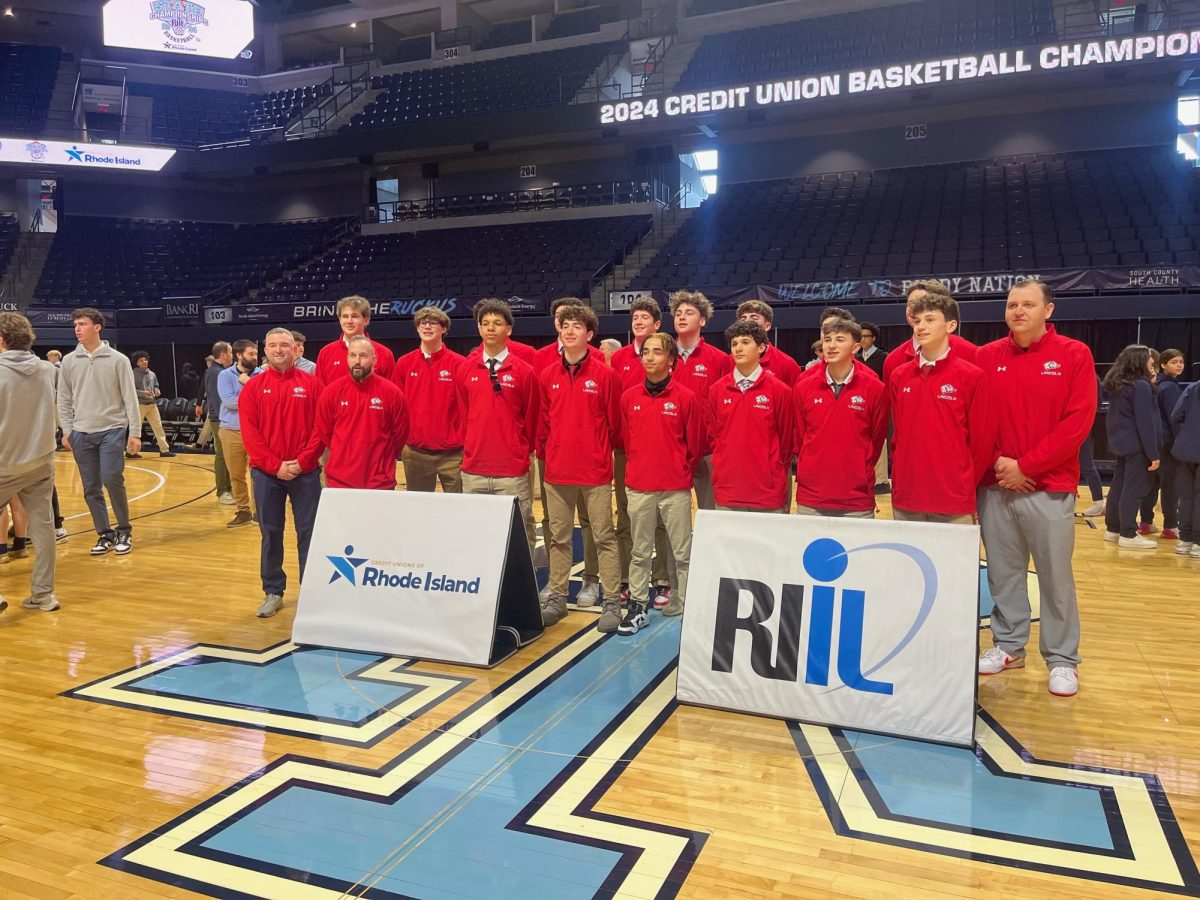The day has finally come. According to an investigation made by dappgambl.com on around 73 thousand different NFT collections, 95% of all NFTs are worth absolutely nothing, which includes top listings. The article even mentions that this could even be overvaluing these assets, as there are many examples of the supposed value far surpassing actual sales: for example, the instance the article gave was one Ethereum contract system called MacContract, that supposedly has NFTs with a minimum price in the tens of millions. In reality, they have made a laughingly measly total of $18. So what is happening?
For one, to put it simply, people no longer care about NFTs. When they first came out, they were followed with shocking stories of celebrities paying millions for virtual pictures. Only a small few ‘tech bros’ seemed to envision any future impact for them, and tech publications and such started preemptively calling for the age of NFTs. It was a huge example of hype marketing. We have seen this happen with other seemingly futuristic innovations. Virtual reality was supposed to be the next big thing, something that completely transformed Mark Zuckerberg’s Facebook into Meta. Yet almost immediately, it started losing money. In 2022, it lost almost $14 billion, almost $4 billion of that being within the first quarter. And why? Well, because consumers did not actually have a vested interest in VR. The same thing is happening here. There are not enough people actually stimulating this virtual economy for its products to sustain any real value.
Additionally, when NFTs were hailed as the future of virtual commerce, people jumped on the bandwagon and started to produce thousands of listings. At this point we get a classic supply and demand problem. Simple economics dictate that if there are more of a product than are being bought, its value goes down. The aforementioned study said 79% of all collections were not even purchased at all. That is how we get examples like Justin Bieber, whose Bored Ape NFT he bought for over a million dollars is now worth around $59 thousand. The worst part is that is actually a best-case scenario. As was stated previously, most NFTs have lost all their value, not just a fraction of it.
Then, there are also the obvious downsides to NFTs that most people are completely aware of. With so many listings, there is bound to be stolen artwork and a lack of creativity in designs. Most top collections were only popular because of an implied social value, but they were never popular for their actual aesthetic appeal. In addition, there is a huge environmental impact. DapGambl’s research found that even those NFTs that are not purchased have to be minted on the blockchain, which has lead to roughly 16 thousand metric tons of CO2 production. Of course, there is also the obvious learning curve. Most people do not understand the concept of the blockchain to begin with, or Ethereum or anything to do with crypto transactions. To add to that, there is the simple logical fallacy surrounding ownership with these images. Why does any of this process mean you ‘own’ this jpeg, even if in many cases you do not even have copyright of it? Why do you ‘own’ this picture more than someone who takes a screenshot of it on their phone? Even those that conceptually understand the process find it a waste.







